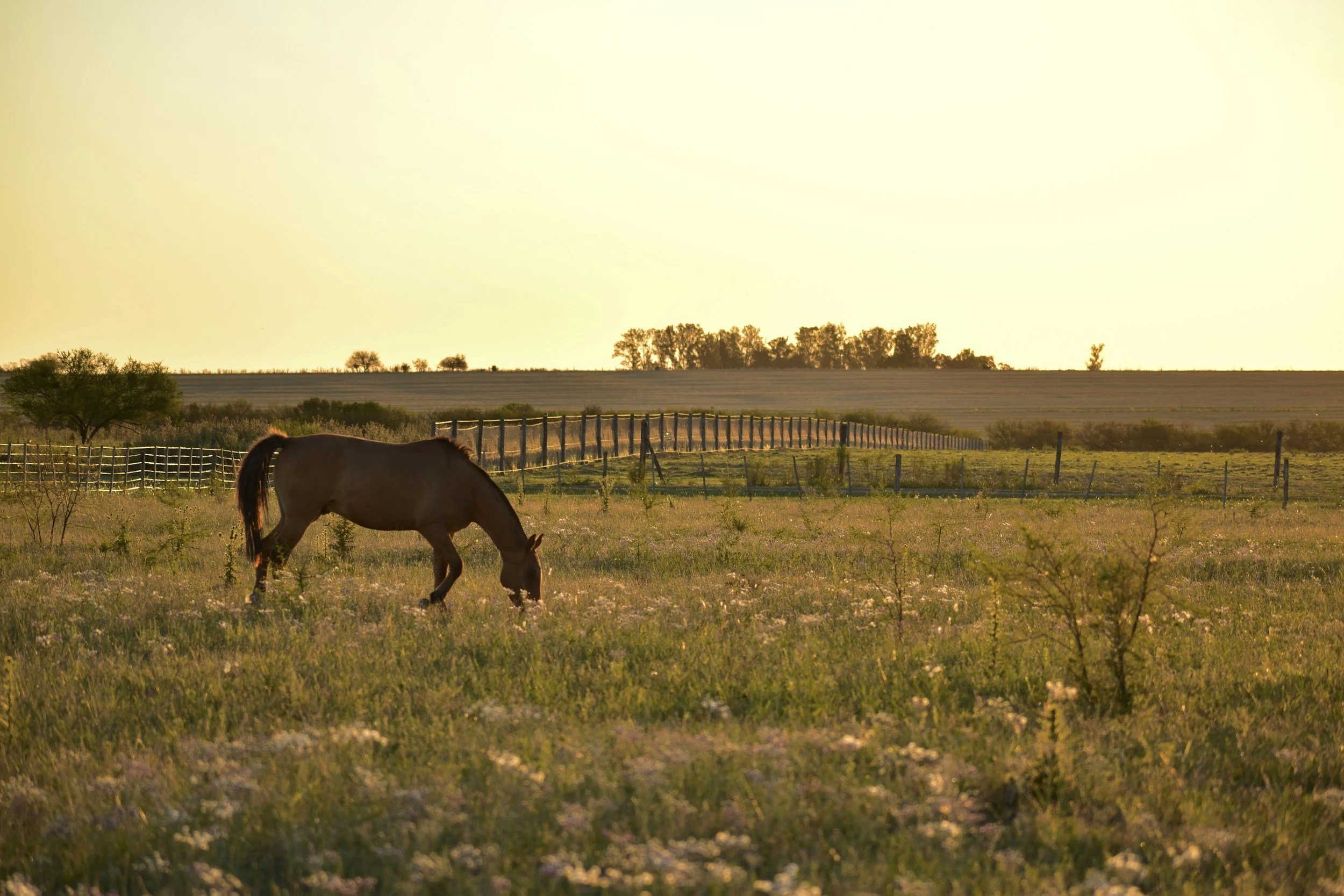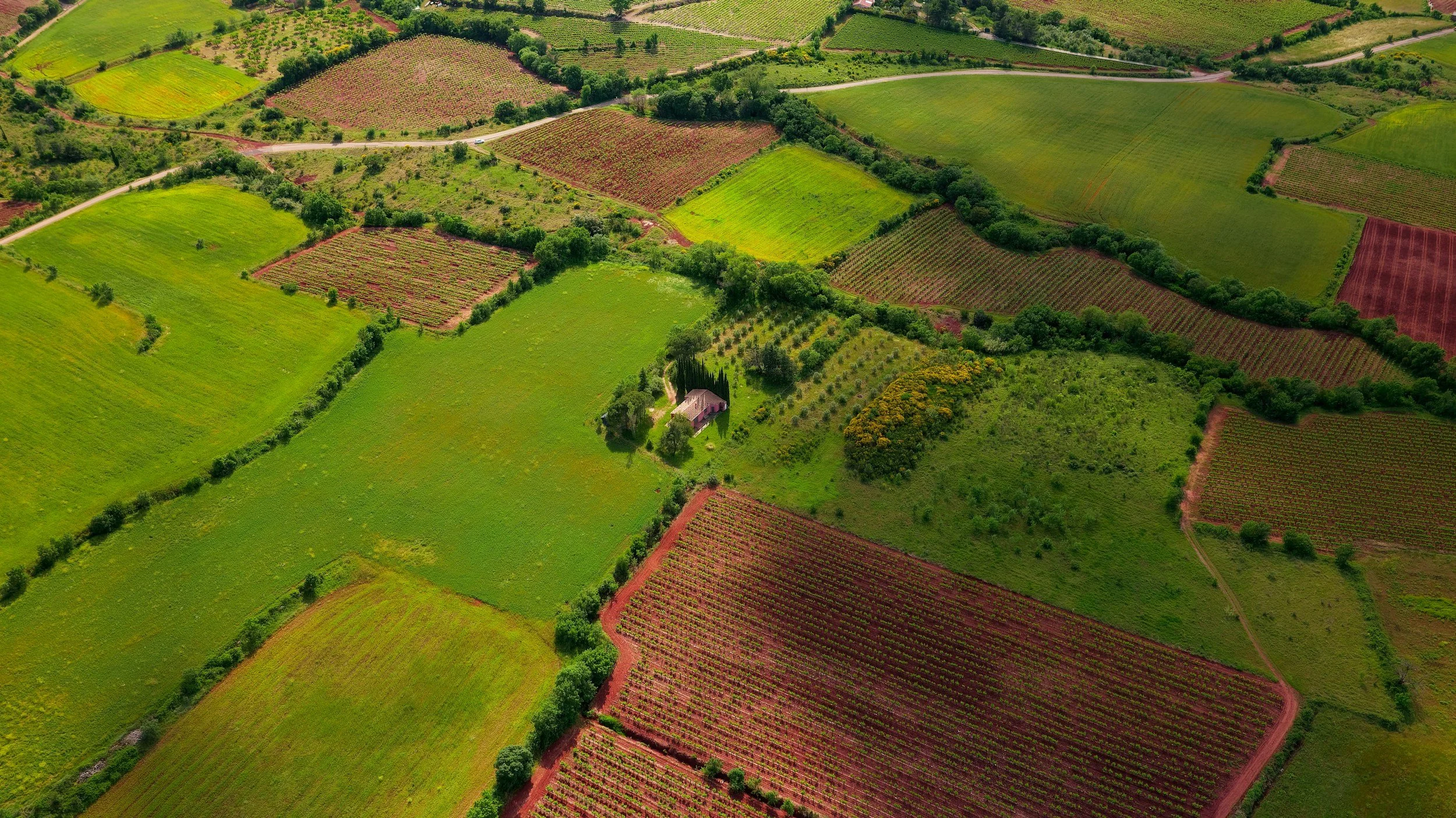By: Megan Crenshaw, Staff Member
Despite the high estimate of economic damage that has been predicted as a result of recent Hurricane Sandy, overall farm and crop damage appears to be minimal.[1] However, there has been an impact in some areas of the United States and damages are still being assessed. Some severe localized crop damage has occurred in some urban farms in New York.[2] Farmers and ranchers in New Jersey have reported damage.[3] Other crop damage has also been reported in parts of Virginia.[4]
In the event of natural disasters when relief aid is necessary, the United States Department of Agriculture (USDA) provides assistance to farmers through programs administered via the Farm Service Agency (FSA).[5] The FSA "provides assistance for natural disaster losses, resulting from drought, flood, fire, freeze, tornadoes, pest infection, and other calamities."[6]
The USDA's authority to operate FSA programs authorized by the 2008 Farm Bill expired on September 30, 2011.[7] Production losses due to natural disasters occurring after September 30, 2011 are no longer eligible for diaster program coverage under programs that have expired.[8] In light of this eliminated relief, there are still some sources of recovery available for farmers. Those sources include: Disaster Relief and Emergency Assistance, the Emergency Conservation Program (ECP), and the Emergency Loans Programs (ELP).[9]
The FSA has advised farmers and ranchers affected by Hurricane Sandy to keep thorough, detailed records of all losses.[10] These records could be very beneficial when seeking post-Hurricane Sandy relief from the FSA. Records should include livestock death, as well as expenses for feed purchases, costs due to lost supplies, increased transportation of livestock, and damaged farm land and crops.[11] These suggestions that have been given to farmers and producers after Hurricane Sandy are precautions that every farmer and producer facing similar circumstances should take after any natural distaster in order to receive all forms of reimbursement and relief in the future.
_____________________
[1] Brad Plumer,
Is Sandy the second-most destructive U.S. hurricane ever? Or not even top 10?
,
WashingtonPost.com,
(Nov. 5, 2012), http://www.washingtonpost.com/blogs/ezra-klein/wp/2012/11/05/is-sandy-the-second-most-destructive-u-s-hurricane-ever-or-not-even-top-10/; Politics/Nation,
Hurricane Sandy slows final crop harvest in eastern U.S. states
,
EconomicTimes.com,
(Oct. 30, 2012), http://articles.economictimes.indiatimes.com/2012-10-30/news/34817312_1_corn-harvest-soybean-harvest-crop-progress-report.
[2] Russell McLendon,
Hurricane Sandy wreaks agricultural havoc
,
MotherNatureNetwork.com,
(Oct. 31, 2012), http://www.mnn.com/earth-matters/climate-weather/blogs/hurricane-sandy-wreaks-agricultural-havoc.
[3] Tracy Grondine,
Agricultural damage from Hurricane Sandy still being assessed
,
SoutheastFarmPress.com,
(Nov. 5, 2012), http://southeastfarmpress.com/livestock/agricultural-damage-hurricane-sandy-still-being-assessed.
[4]
Id.
[5] Farm Service Agency,
Disaster Assistance Programs
,
USDA.gov,
http://www.fsa.usda.gov/FSA/webapp?area=home&subject=diap&topic=landing (last visited Nov. 5, 2012).
[6]
Id.
[7] News Release,
Farmers and Ranchers Urged to Record Losses from Hurricane Sandy
,
USDA
(Oct. 31, 2012), http://www.usda.gov/wps/portal/usda/usdamediafb?contentid=2012/10/0337.xml&printable=true&contentidonly=true.
[8]
Id.
[9]
Id.
[10]
Id.
[11]
Id.














